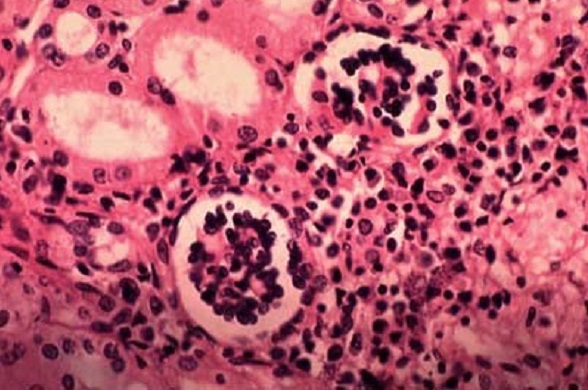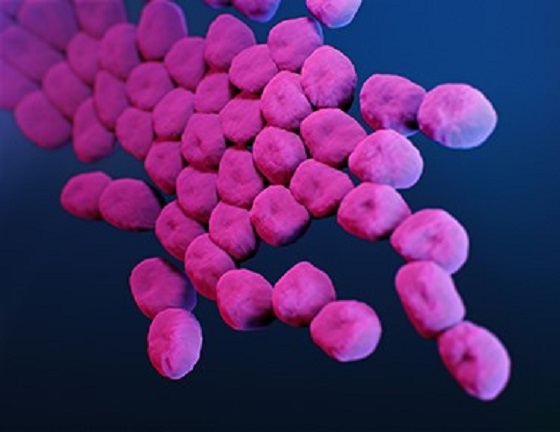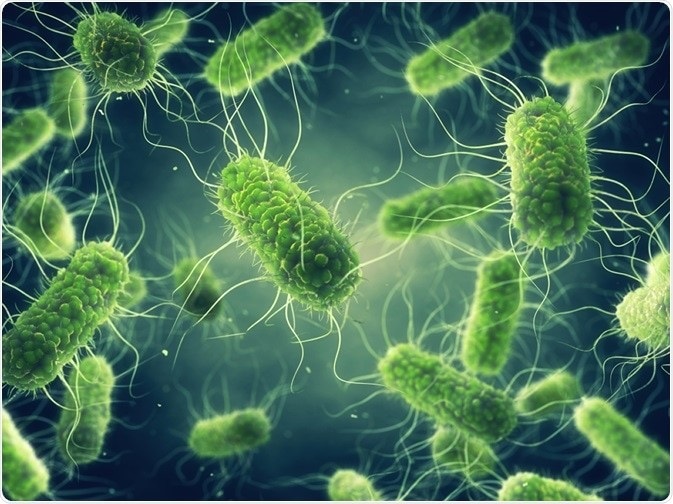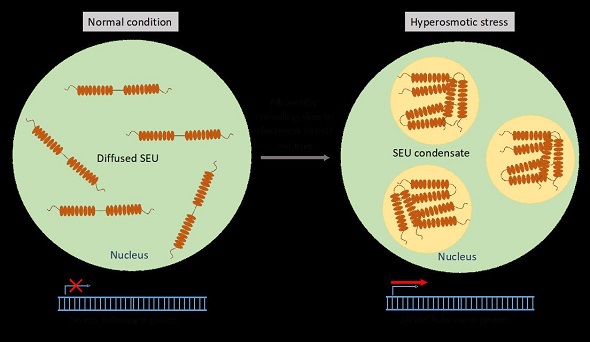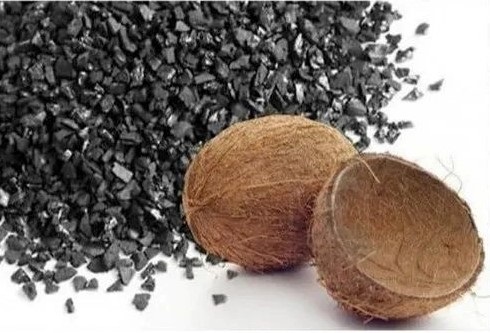
A group of researchers from the Department of Environmental Sciences, Tamil Nadu Agricultural University, Coimbatore, has studied the conversion of coconut shells to Activated Carbon (AC) using calcium carbonate as an agent. The idea was to understand its adsorption mechanism for the widely used dye, malachite green.
Malachite green is used as an additive and colourant in industries such as paper, silk, and leather. AC is a processed, porous carbon version with various uses, especially in adsorption and chemical reactions for water and gas purification.
The conversion of coconut shells to AC can be produced using several chemical activating agents such as zinc chloride, sulphuric acid, and phosphoric acid. However, there has been limited research on using calcium carbonate as an agent.
Exposure to the malachite green dye, even at low concentrations, may cause various health hazards through inhalation and ingestion. When industrial effluents containing this dye reach the waterbodies, they offer threats to the entire system. Dye wastewater treatment using adsorption is found to be one of the most effective and versatile methods.
A group of researchers from the Department of Environmental Sciences, Tamil Nadu Agricultural University, Coimbatore, has studied the conversion of coconut shells to Activated Carbon (AC) using calcium carbonate as an agent. The idea was to understand its adsorption mechanism for the widely used dye, malachite green.
“Agricultural waste products have the potential to be utilized as low-cost adsorbents for the effective removal and recovery of pollutants from wastewater. In this study, the adsorption of malachite green dye on activated carbon was examined in-depth,” wrote the researchers in a recently published article in the Current Science.
The researchers used calcium carbonate (CaCO3) to produce AC from coconut shells. After analysing the AC obtained, they found an enhancement in pore formation and surface area, resulting in more efficient multilayer adsorption of malachite green dye on the surface of Ca-AC.
Additionally, the study found that coconut shells can serve as an effective adsorbent for dye removal from real industrial effluents and could be a cost-effective alternative to commercial AC.
Tamil Nadu, Karnataka, and Kerala are the major coconut producing regions. The agricultural waste generated from the coconut fields is either burned or dumped in landfills. However, efforts are on to turn this waste into value-added products, enabling both solid-waste management and the circular economy. The abundant and readily available coconut shells can also be effectively utilized as a energy source.
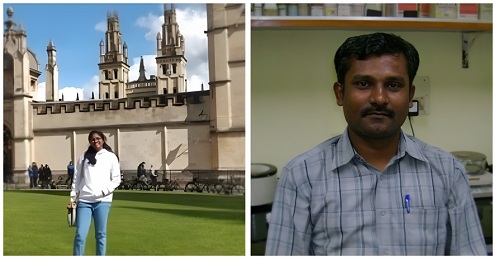
R. Sangeetha Piriya, Rajamani M. Jayabalakrishnan
The study team comprised R. Sangeetha Piriya, Rajamani M. Jayabalakrishnan, M. Maheswari, Kovilpillai Boomiraj, and Sadish Oumabady. The study has been supported by the Department of Science and Technology-Science and Engineering Research Board (DST-SERB), and the Department of Environmental Sciences, Tamil Nadu Agricultural University, Coimbatore.
India Science Wire
ISW/SM/TNAU/activated carbon/Eng/24/05/2023
